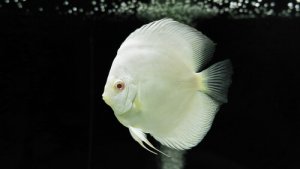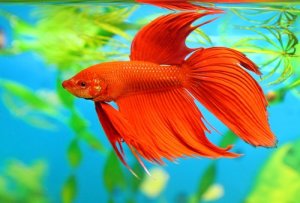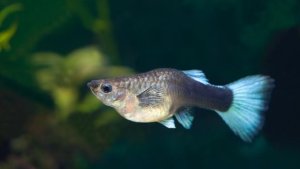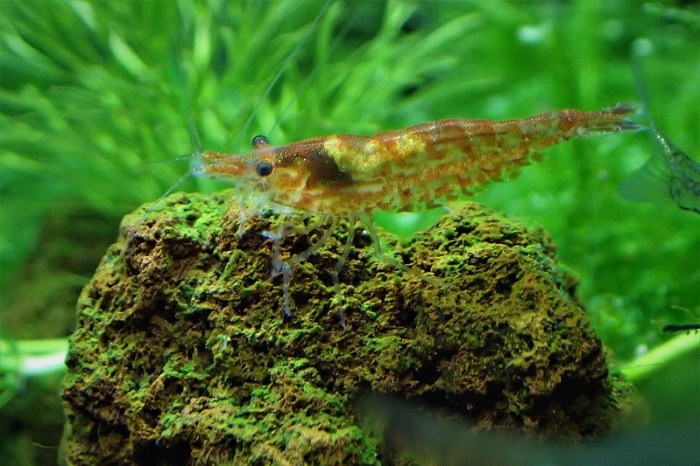
In the aquarium hobby, most aquarists at some other stage have had to come to terms with algae. Algae can be both good and bad, good algae can provide nourishment for tank inhabitants and look aesthetically pleasant.
However, when algae get out of control it can lead to some major concerns in your tank, including ammonia and nitrite spikes, low oxygen levels, and a lack of light for fish and plants, not to mention looking unpleasant.
Luckily if you have an algae problem there are always algae eaters that can come to the rescue and help to clean your tank. They feed off algae on plants, tank walls, and ornaments to keep it from getting out of control.
Unfortunately, many individuals are under the impression that Algae Eaters can survive solely on the algae in your tank, and this is not entirely true, especially for algae-eating fish species, which we will be focusing on mainly.
Algae Eaters Species Information
Algae Eaters, or as they are known as “algivores” refers to a bottom-dwelling or filter-feeding species of aquatic animal that feeds mostly on algae and other phytoplanktons.
Algae eaters are relatively crucial in the aquarium hobby to help improve water quality, and aid in tank maintenance.
This article focuses mainly on Freshwater Algae Eating fish, though Algae eaters can consist of; fish, shrimp, and snails.
Some Facts On Algae
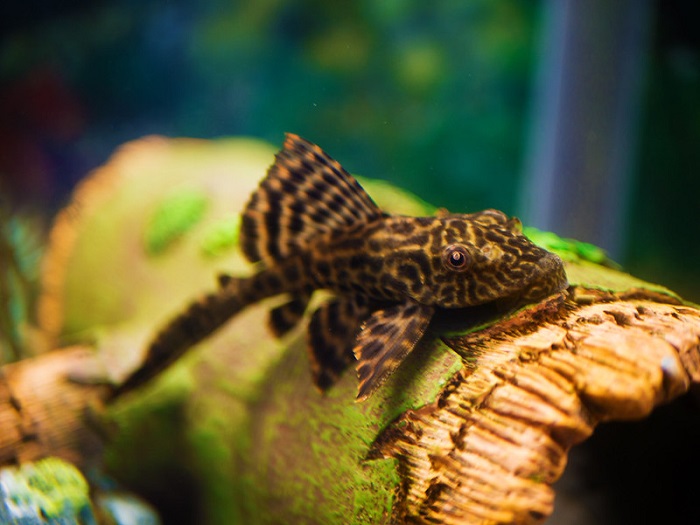
You may be asking yourself where algae come from and why it grows so fast. Most individuals believe that algae are caused by sunlight, or direct sunlight, which is not ideally the main cause.
Algae can come from three common places:
- Water in the pet store containing algae.
- Algae spores in the air.
- Spores on new aquatic plants.
Unfortunately, Algae can never be removed from your tank once there, only managed. Which is not always the worst case, if you have algae eaters in your tank.
What Makes Algae Grow
The excessive growth of algae in your tank is an underlying sign of nutrient imbalance in your tank, usually from a build-up of food and dead plant material waste.
The most basic culprits are:
- High ammonia levels from fish waste.
- High phosphate levels from fish food.
- Excessive light, especially sun; is tight in some cases.
- No or too few live plants in your tank.
By doing routine tank maintenance, keeping some live plants, and introducing a few algae-eating species to your tank, you can easily keep ammonia and phosphate levels down. Minimizing direct sunlight, and rather opting for artificial and indirect sunlight will also help.
Types Of Algae Eating Freshwater Fish
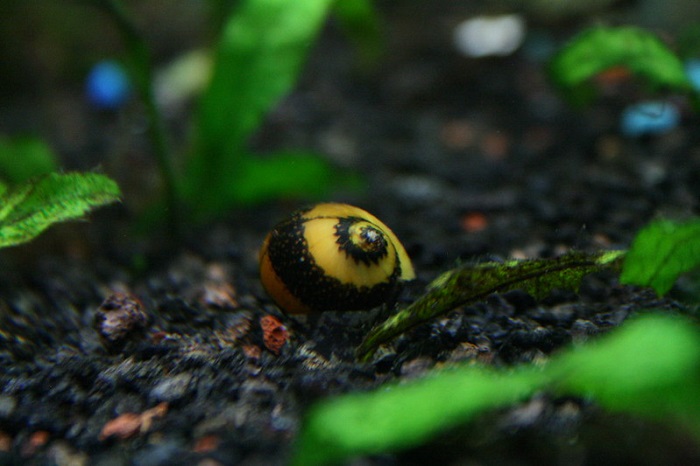
As stated before, the focus will mainly be on freshwater algae-eating fish species, rather than snails or shrimp, as it is more relevant to the question of whether “Algae Eaters eat fish food”, or need fish food for that matter.
Firstly, to make it very clear that bottom-dwelling fish, or algae eaters will not eat fish waste, but rather feed on dead plant and insect materials, as well as algae. Thus, you will still need to perform considerable tank maintenance to reduce waste.
According to species we have the following algae-eating fish;
- Loricariids – They mainly consist of sucker-mouth Catfish and Plecostomus species that graze on algae and biofilm.
- Cyprinid Species – Including the Chinese, and Siamese Algae Eaters, dwarf Octocinclus, Mollies, Barbs, and baby Goldfish, among a few others.
- Botiidae – A cypriniform fish species, usually consisting of Loaches that are bottom dwellers.
Among these two genera, many fish species will feed on algae, especially your different Catfish, and Pleco fish species, which come in many variants and colors, as well as sizes. Plecos Catfish and even Loaches are usually preferred as algae-eating fish species.
Algae Eaters And Fish Food
To get back to our topic “Do Algae Eaters Eat Fish Food?” firstly the answer is that algae eaters cannot survive on algae in your tank alone, and this is because;
- Algae do not provide sufficient nutrition.
- There may not be enough algae in your tank.
- Many algae eaters are omnivores requiring plant and meat matter to survive.
- Some Algae eaters are bottom feeders that will feed on leftover food and other waste materials, rather than algae alone.
Secondly, Algae Eaters eat specialized fish food such as algae wafers which form their staple diet, they similarly need to be supplemented with vegetables, and meat-based foods such as insect larvae and blood worms, which will depend on whether they are solely omnivores or herbivores. Most algae eaters are omnivorous and generally feed on detritus (dead plant and animal waste matter), small invertebrates and insects, as well as plant matter.
Lastly, considering that most freshwater fish species will occasionally feed on algae in your tank, there may not be sufficient amounts left for your Algae Eaters.
Do I Need To Feed My Algae Eaters?
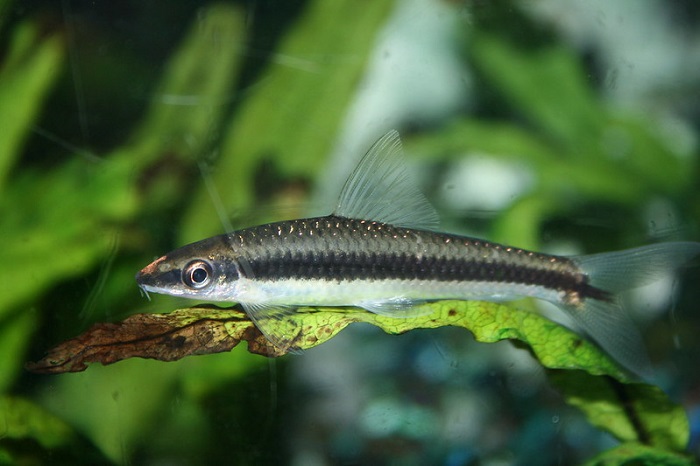
As mentioned, yes algae eating fish needs to be fed, not usually as regularly and as much, but they will need fish food for algae eaters.
There are similarly many species of algae-eating fish that if not fed properly will resort to eating the slimy coating, and eyes of other fish species, then again there are certain species of algae-eating fish, or suckermouth fish that do not eat much algae but rely on other sources of food.
Then again you need to keep in mind that much of the leftover foods, from feeding surface-feeding fish will eventually drop to the bottom of the tank if left uneaten, which may be consumed by many species of algae-eating fish.
Worth mentioning is that when choosing a diet for your Algae Eater you do some research on the specific fish species first, as each species has its requirements in terms of food types and feeding schedules. Many catfish and other algae-eating fish species are nocturnal and thus need to be fed at night.
What To Feed
- Commercial Foods – Sinking wafers and pellets are available from reliable pet stores and online that provide a balanced composition of algae and other nutrients, suitable for most algae-eating fish species.
- Vegetables and Fruits – Depending on the fish species vegetables such as cucumber, zucchini, lettuce, and other leafy greens can be blanched and provided as food. Some species will enjoy fruits such as watermelon and even snack on plants inside their tank.
- Meat-Based Foods – Most Algae eating fish species prefer dead insects and fish to feed on, though some species may feed on live smaller fish and fry. You can supplement omnivorous Algae eaters with insect larvae, brine shrimp, and bloodworms as a protein-based food source.
Other Requirements For Algae Eating Fish
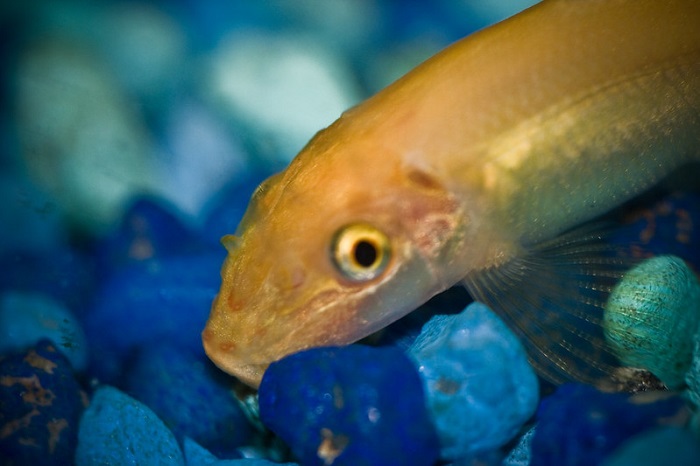
According to research and experienced hobbyists with a variety of Algae eating fish species, especially Catfish, Plecostomus, and Loaches there are certain characteristics that stand out in these species that need to be considered, other than just their diet.
Here are a few factors worth mentioning, should you be interested in obtaining an algae-eating fish, or already have, and are experiencing some issues.
- Water Parameters – Most Freshwater fish species have specific requirements in water pH levels, water temperatures, and water hardness levels, which solely depend on the exact species. The climate of the natural habitat of the Algae eating fish species will establish the water temperatures they will need in their tank. Many of the Catfish and Plecostomus species are from Tropical climates with more neutral water Ph levels. I would highly advise that each species be researched on its own for specific water parameter requirements. Many Algae Eating species tend to be sensitive to changes in water conditions, thus it is essential to keep water parameters, and temperatures consistent.
- Aquarium Set-Up – As most Algae eating fish species are bottom-dwelling fish it is important to have a proper substrate. Many species have a softer belly, in which case softer sand or gravel substrates are ideal. Similarly, for many species such as Plecos and Catfish, you will notice that they require driftwood to feed on to aid in digestion, and they use it as a hiding spot. Though most Algae Eaters do not need many live plants, many of them are nocturnal or prefer hanging around on a large leaf, driftwood, or large rock, therefore I would advise these as tank décor. In the case of larger species such as Plecos, you may need a strong filter to deal with waste materials, and to keep the water well oxygenated. Many Algae eating species tend to be sensitive to changes in water conditions, thus it is important to keep water parameters, and temperatures consistent. On the other hand, floating live plants can provide shade and hiding, as most algae eaters prefer low light, and some plant species can even offer a tasty snack.
- Common Behaviour And Temperament – Especially with Pleco and Catfish species, I have noticed that they are peaceful and very tolerant towards other fish species, however, territorial towards their species. As they are mostly nocturnal and shy they may find a spot where they prefer to keep to themselves. Ideally, I would advise doing proper research on the specific algae eater and their behavior.
- Size And Lifespan – From smaller freshwater fish species of around 2 to 3 inches (5-6 cm), larger Plecostomus species can grow up to 61 Cm (24 Inches) and larger. Thus, depending on the specific species and algae eater family, the size may differ. I strongly advise that you take this into account when choosing a suitably sized tank for an Algae Eater.
- Tank Mates – Most Suckermouth, bottom-dwelling algae eaters such as Catfish, Loaches, and Plecos will get along very well with most freshwater fish species, except maybe for their species. For other Algae Eating fish, you may need to do some research on the specific species.
- Common Health Issues – As a freshwater Algae Eating fish species, most algae eaters are usually prone to the basic health issues of any other freshwater fish. These conditions can include:
- Ich, a parasitic infection causing white spots on your fish.
- Fin Rot or Tail rot, is usually caused by either infected injuries or unhealthy water conditions.
- Dropsy or other swim bladder infections may be either fungal or Bacterial.
- Breeding – Breeding Algae eating fish will depend entirely on the specific species. With much research, it is a fact that it is close to impossible to breed most Pleco fish species at home, especially larger variants. As most Loaches, Plecos, and Catfish species can also be quite hard to determine whether they are male or female, as well as territorial, it makes breeding even more tricky in the end.
Final Thoughts
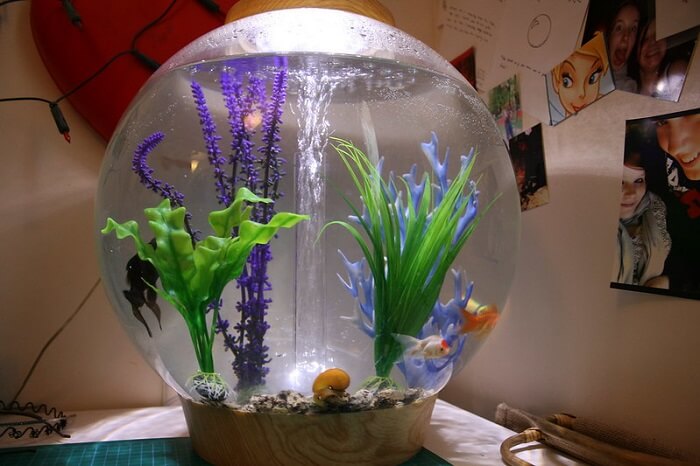
In conclusion, much of the care guidelines, and feeding regimes for Algae Eaters will depend on the specific species and their requirements. Most algae eaters will need additional fish food specialized for their species to flourish and stay healthy.


